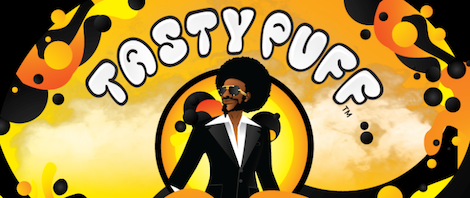President John F Kennedy used marijuana to deal with severe back pain and control his affliction with Addison’s disease, according to a few written accounts, including “John F. Kennedy: A Biography”, which described this White House scene:
“On the evening of July 16, 1962, according to [Washington Post
executive] Jim Truitt, Kennedy and Mary Meyer smoked marijuana together.
… The president smoked three of the six joints Mary brought to him. At
first he felt no effects. Then he closed his eyes and refused a fourth
joint. ‘Suppose the Russians did something now,’ he said.”
The condition arises from problems with the adrenal gland, primary adrenal insufficiency, and can be caused by damage by the body’s own immune system, certain infections, or various rarer causes. Addison’s disease is also known as chronic primary adrenocortical insufficiency, to distinguish it from acute primary adrenocortical insufficiency, most often caused by Waterhouse–Friderichsen syndrome. Addison’s disease should also be distinguished from secondary and tertiary adrenal insufficiency, which are caused by deficiency of ACTH (produced by the pituitary gland) and CRH (produced by the hypothalamus), respectively. Despite this distinction, Addisonian crises can happen in all forms of adrenal insufficiency.
Addison’s disease and other forms of hypoadrenalism are generally diagnosed via blood tests and medical imaging. Treatment involves replacing the absent hormones (oral hydrocortisone and fludrocortisone). Lifelong, continuous steroid replacement therapy is required, with regular follow-up treatment and monitoring for other health problems.
Thank You: MarijuanaPatients.org











































